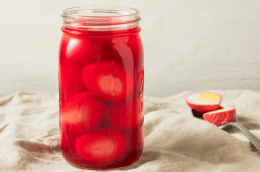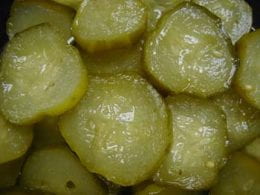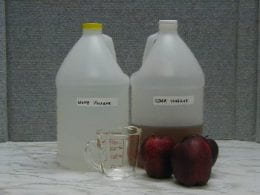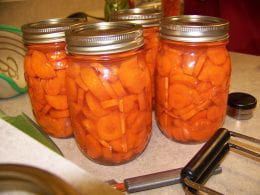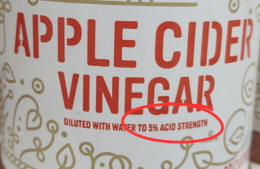
First step, read the label. Look for vinegar that is 5% acidity.
Today’s recipes, including Extension and USDA food preservation recipes, use vinegar that has 5% acidity. Not all vinegars are the same. They range from 2.5% to more than 6%. Therefore it is important to read the label or ingredient statement to verify the acidity level.
The National Center for Home Food Preservation at the University of Georgia gives these recommendations if you have used a vinegar with less than 5% acidity.
- If your canned food has been preserved for less than 24 hours using 4% vinegar, it is advisable to store the jars in the refrigerator to maintain the safety and quality of the product.
- If your canned food has been preserved for more than 24 hours using 4% vinegar, it is advisable to discard the product.
 A favorite spring garden perineal is asparagus. As weather starts to warm, those tasty fresh shoots will soon be popping out of the ground.
A favorite spring garden perineal is asparagus. As weather starts to warm, those tasty fresh shoots will soon be popping out of the ground.